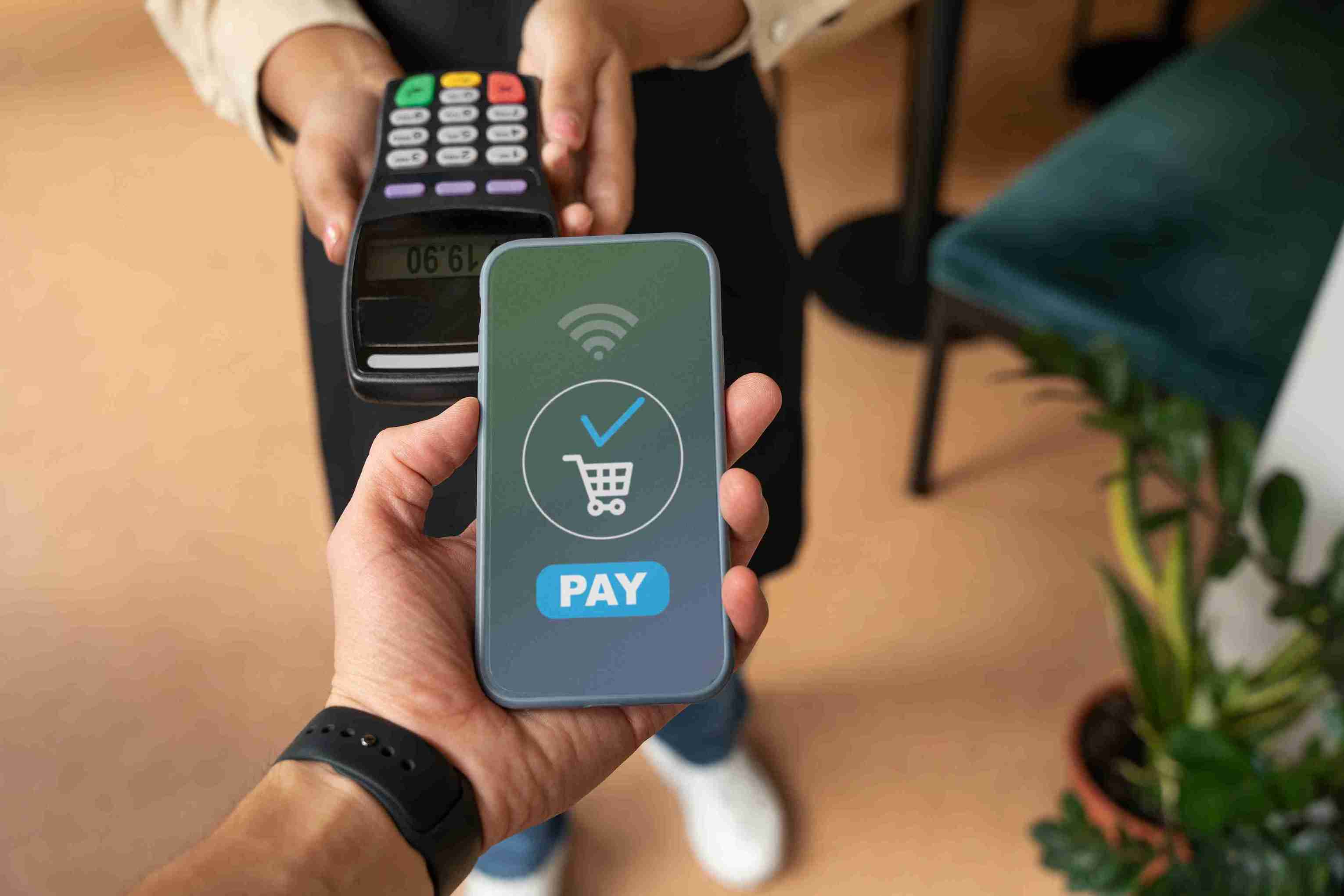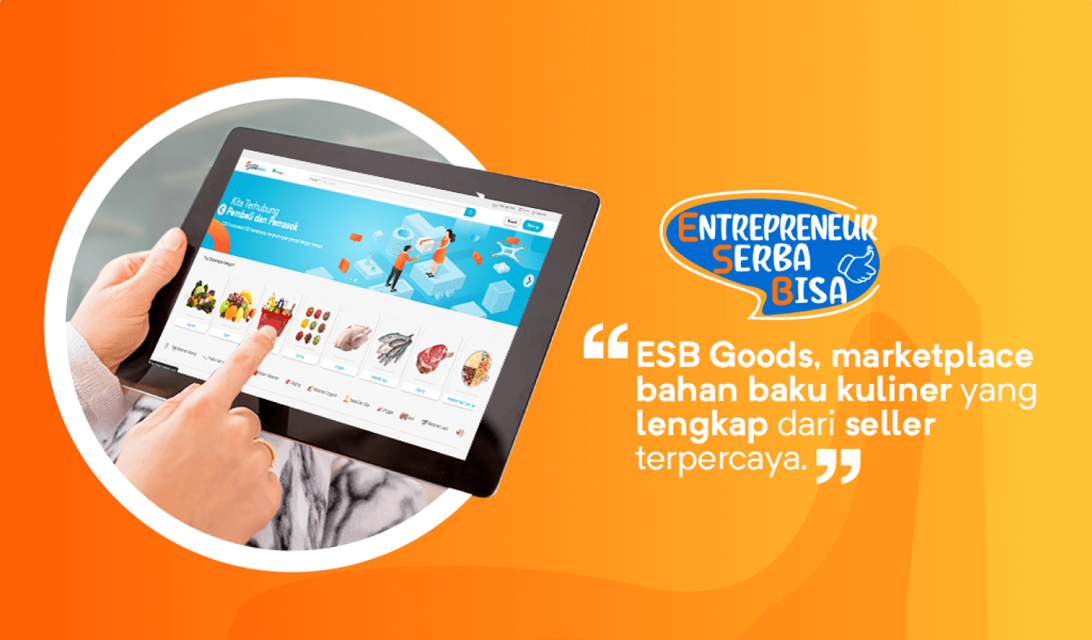 SHARE
SHARE
7 Essential Components of a Payment System Every Business Owner Should Know!
Sovia
In today’s digital era, payment systems are evolving rapidly. From cash payments to smartphone transactions, technology continues to bring new convenience to daily life.
For businesses, especially small and medium enterprises, choosing a practical and efficient payment system is crucial. It helps meet customer needs while supporting business growth.
Let’s dive deeper into the components and types of payment systems in this article!
Understanding Payment Systems
A payment system is a mechanism that facilitates the transfer of funds from one party to another. It is a vital part of every transaction, whether direct or digital.
Various payment instruments can be used, from physical cash to non-cash methods such as bank transfers, debit cards, credit cards, and QRIS. These tools are designed to make the payment process easier and more efficient.
For the system to run smoothly, it requires supervision from authorized institutions. In Indonesia, Bank Indonesia acts as the regulator responsible for overseeing and maintaining the stability of the payment system.
A payment system involves three key stages: authorization, clearing, and final settlement.
Clearing and fund transfers through RTGS (Real-Time Gross Settlement) are critical infrastructure components that enable high-value transactions, typically above IDR 100 million.
To support the entire process, several parties are actively involved. These components include regulators, system operators, participants (such as banks or financial institutions), and technical infrastructure.
However, not all parties are considered core components. End users like consumers are not technically part of the payment system structure, as they don’t play a role in the system’s technical operations.
Understanding how payment systems work gives you insight into what happens behind every transaction.
All components work together to ensure that payments are secure, fast, and well-regulated.
Read more: Payment: Understand the Types and Systems You Need to Know
7 Components of a Payment System
Source: freepik.com
The primary goal of a payment system is to facilitate transactions while ensuring security and protecting the rights of all parties involved. It also offers various methods to make payments more accessible for users.
To ensure the system works effectively, each component plays a crucial role. Here are the seven main components of a payment system:
1. Payment Instruments
Transactions cannot happen without payment instruments. Generally, there are two types: cash and non-cash. In Indonesia, transactions are conducted using the Rupiah.
You can make payments using cash or opt for non-cash methods such as e-wallets, mobile banking, e-money, and QRIS. These non-cash options are also ideal for both online and in-person transactions.
2. Payment Channels
Payment channels refer to the medium used to process non-cash transactions. These channels must be legally regulated to ensure secure and reliable payments.
Examples of official payment channels include debit cards, credit cards, ATMs, EDC machines, and e-wallets. Today, e-wallets are popular due to their convenience, you simply tap your smartphone to complete a payment.
3. Legal Framework
The legal framework governs and oversees payment system policies. In Indonesia, several key institutions involved include the Ministry of Finance, Bank Indonesia, the Financial Services Authority (OJK), and the Deposit Insurance Corporation (LPS).
4. Operational Mechanisms
Operational mechanisms ensure that every transaction runs smoothly and securely. These processes are typically managed by authorized institutions such as Bank Indonesia.
Examples include the Bank Indonesia National Clearing System (SKNBI) and Bank Indonesia Real-Time Gross Settlement (BI-RTGS), which handle real-time fund transfers.
5. Infrastructure
Infrastructure includes all supporting systems for transaction processing, such as computer networks, hardware and software, and data backup systems.
Examples of hardware are ATMs, while commonly used software includes mobile banking apps and e-wallets. This infrastructure enables transactions to be carried out quickly and efficiently.
6. Institutional Framework
Various institutions are involved in the payment process, either directly or indirectly. These include central banks, commercial banks, credit card providers, and payment gateway services.
These institutions play a vital role in maintaining the overall stability and security of the payment system.
7. Users
Lastly, users are the component that completes the transaction process. Users can be sellers or buyers who interact and make payments through the system.
The success of each transaction depends heavily on how well users utilize all the components of the payment system properly and responsibly.
Types of Payment Systems
In Indonesia, there are two main types of payment systems: cash and non-cash. Both play important roles in daily transactions.
1. Cash Payments
Cash payment systems use physical money such as banknotes and coins. Although digital payments are gaining popularity, cash remains a valid and widely used method among the public.
2. Non-Cash Payments
Non-cash payment systems are increasingly preferred due to their convenience and transaction speed. Technologies such as e-wallets and QRIS make the payment process more practical and secure.
Common non-cash payment instruments include debit cards, credit cards, checking accounts, checks, and various digital products like e-money and e-wallets. These options provide an alternative to physical cash transactions.
Read more: Avoid Business Losses: Understand Surcharge and How to Manage It Effectively!
Conclusion
A payment system is not just about technology, it’s about the collaboration between components that ensure smooth and secure transactions. The seven components above form the foundation of modern, efficient payment systems. Whether you run a small or large business, understanding them is key to better financial management.
Beyond seamless payment transactions, smooth business operations are also essential. Consider using ESB POS and ESB POS Lite solutions for your F&B business.
ESB POS is a holistic point-of-sale application designed for large-scale F&B businesses, offering features like menu management, promotions, multi-cashier systems, and integration with kitchen displays.
Meanwhile, ESB POS Lite is tailored for MSMEs with comprehensive features and no monthly fees, supporting stock management, basic bookkeeping, and multi-branch management.
Boost your operational efficiency and payment convenience with ESB solutions today! Contact the ESB Team now!
 SHARE
SHARE




